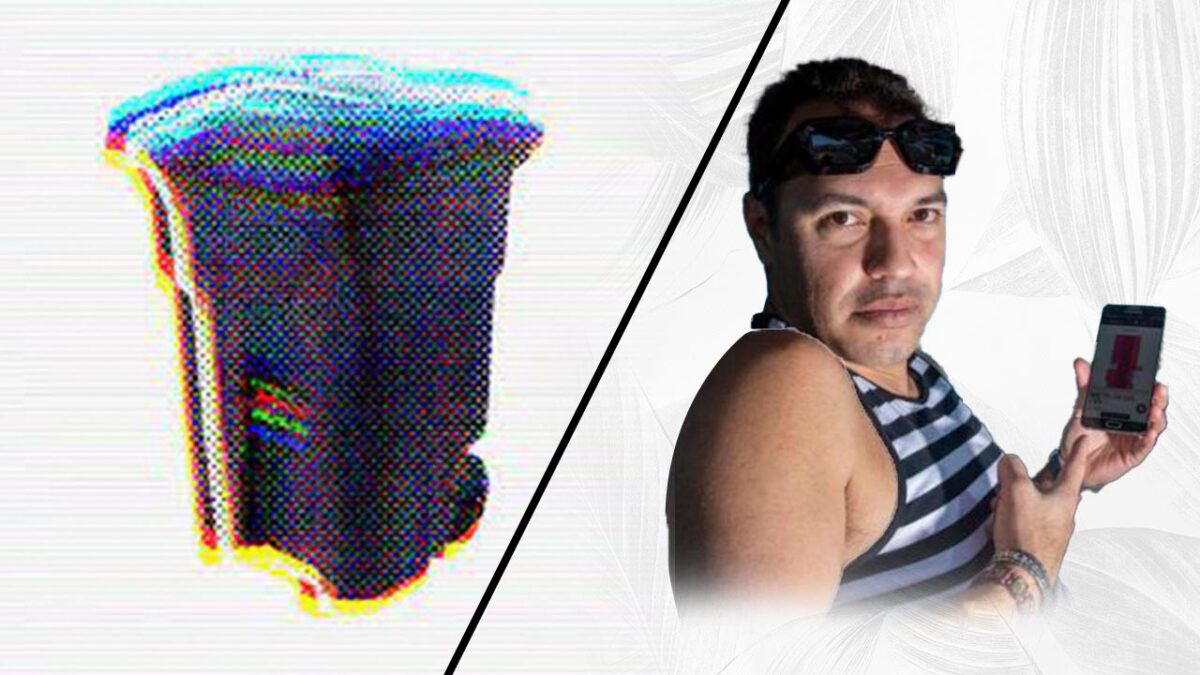NFTs have grown in popularity for a variety of reasons, the most important of which is that many people have gained a lot of money by selling various artworks. American artist Robness’ tale is similar, as he was able to sell an NFT of a garbage can for a whopping $252,000.
“I can’t even remember where the image came from, I think it was a Google image search,” the 38-year-old Los Angeles native says.
NFTs are one-of-a-kind pieces of computer code linked to an artwork or other thing and stored on a larger chain of code known as a blockchain. The image, titled “64 gallon toter,” features a big plastic trash can with psychedelic glitching effects.
According to analytics firm Chainalysis, the NFT art market has a lot of money to be made: auctions and celebrity acquisitions contributed to transactions totaling more than $40 billion last year.
Robness’s art, like Duchamp’s urinal, increased in value as it gained attention; the image was taken from the NFT marketplace SuperRare shortly after he created it.
“It was kind of like rage art, I was angry about some things,” he says. “So I put that up, and it was removed. They thought I was taking Home Depot’s picture and breaking copyright.
The site, however, unexpectedly reinstated his work.
“The community didn’t consider it as art,” SuperRare said, but it was reintroduced after two years because “so much has grown” in the debates over what can legitimately be labeled art.
The bin has since tripled in popularity and has become an internet “sensation” with a number of people using it as inspiration and expressing interest in purchasing it.
“It was one of three trash cans that were in SuperRare and I sold it to a collector,” Robness says.
“He called me up because he wanted to know more about the story and we spoke for about 30-45 minutes, and the whole hilarious story and he was laughing most of the time.
“So he wanted to collect it, so I gave him a price and that was that.”
Robness was homeless and studying about Crypto currencies in 2014 when he became famous overnight. He was taken aback by the disruptive nature of digital currencies, and he began inventing and marketing NFTs as a result.
The trashcan debate, as well as his prodigious output (he just shared NFTs of a job application he submitted to McDonald’s), has attracted a large following, with his Twitter following surpassing 30,000. And he makes enough money from it.
“Per month, it’s a lot better than my job I had as a barista,” he jokes.
He now promotes “open-source creativity,” in which anyone can take any image and do whatever they want with it.
“You can literally steal anything I made, copy and paste it, I don’t care,” he says.
